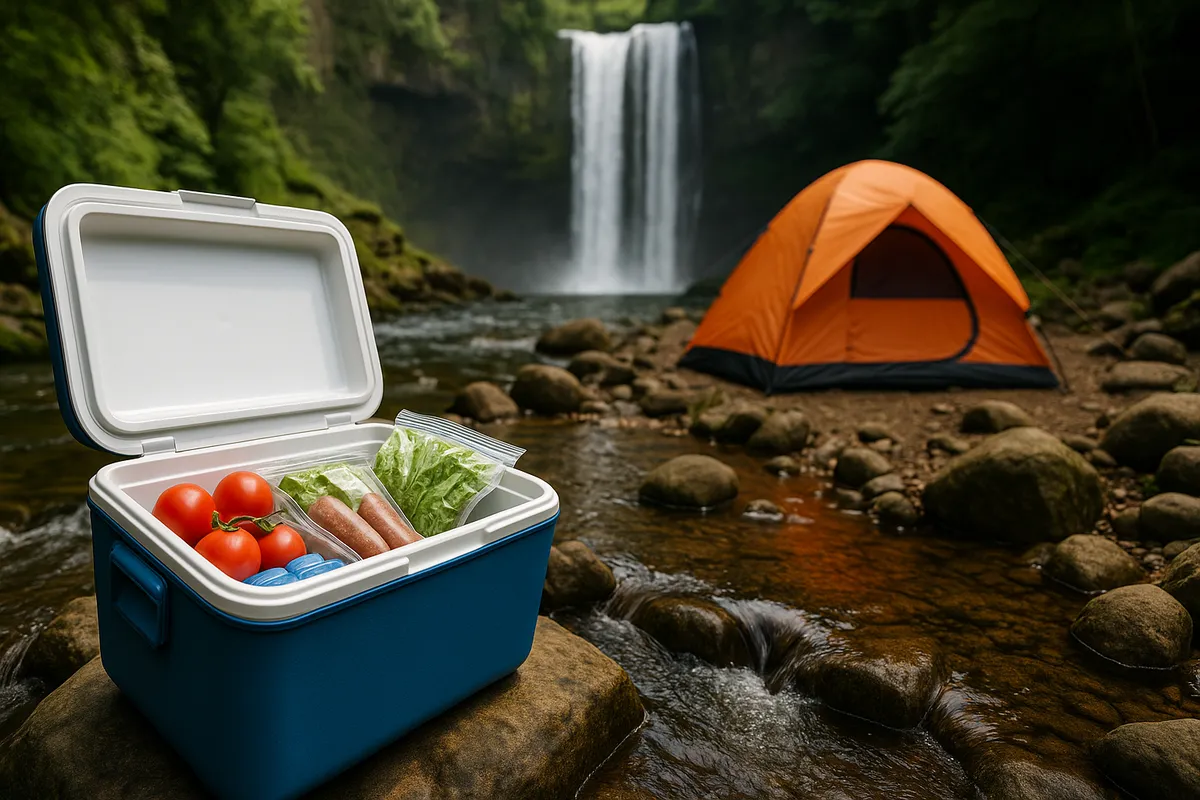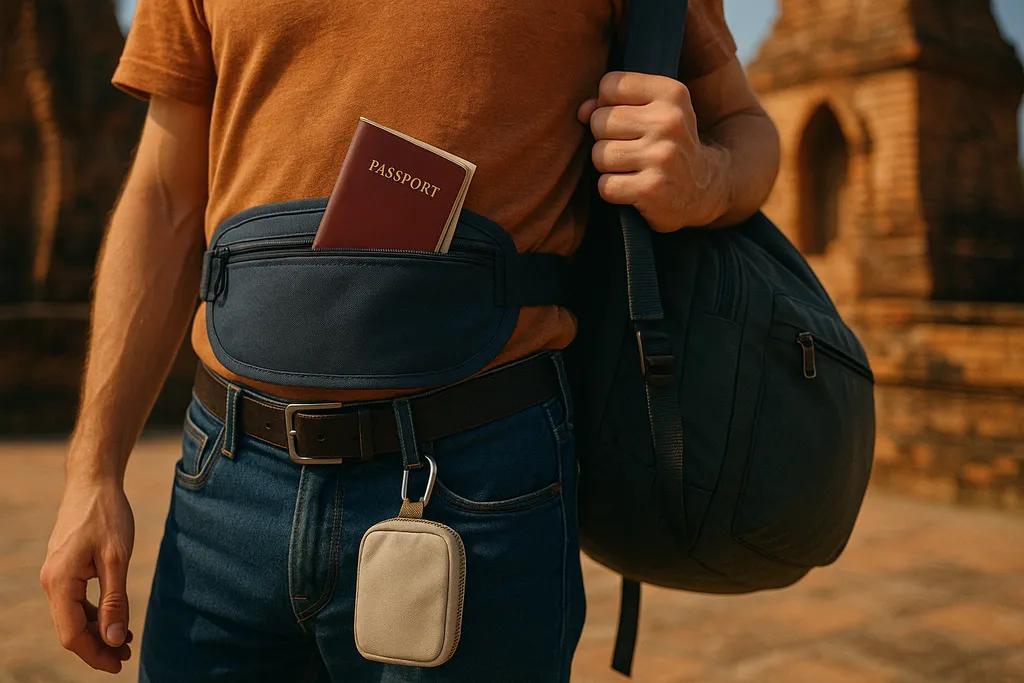7 types of people and 7 ways to choose a vacation destination not to be missed
- Tuesday, May 20, 2025, 13:58 (GMT+7)
7 types of people and 7 ways to choose a vacation destination not to be missed
An ideal retreat is not about distance, luxury, or price. It is about finding a place that genuinely matches your needs. Amid the tempting invitations from high-end resorts, peaceful homestays, seaside hotels, forest villas, and mountain-view lodges, many people have experienced that disappointing moment of arriving at a destination only to realize it is not their style. Expectations crumble over just a few mismatched details. That sense of letdown often makes future decisions more hesitant. Yet all of it can be avoided with a better understanding of yourself and a few practical insights.
The first and most important step is defining the purpose of your trip. If the goal is recovery and rest, you need a quiet, open space with minimal traffic. If you are traveling to bond with family, look for a place that offers shared activities, spacious rooms, and a child or senior-friendly environment. If you are chasing a getaway full of stunning photo opportunities, you should prioritize scenery, unique backgrounds, and ideal lighting. Once your intention is clear, the search becomes more focused and less emotional.
Many people tend to scroll through photos first and save places that look appealing without reading the details. A cabin in the mountains may look enchanting in pictures but could be far from the center, lack basic amenities, or have no internet access, making it unsuitable for remote work. A beachfront resort may look serene but turn into a noisy party hub on weekends, frustrating those who seek peace. Some reviews are overly polished, showing only the most flattering angles. The smarter move is to read real guest feedback, especially from those with similar travel styles, and look for photos taken by past visitors to avoid disappointment.
A tip that often goes unnoticed is planning your route before choosing where to stay. If your trip involves exploring multiple destinations, it is best to find a central point to minimize travel time. If your plan is to lounge by the sea with a book, choosing a more remote location helps save costs and delivers a truly restful experience. Some travelers pick hotels only because they are near famous spots but then end up staying indoors the whole time, feeling trapped in meaningless noise. Others eager to explore choose isolated resorts only to feel confined. Understanding your journey is the foundation for choosing the right accommodation.
The timing of your trip also significantly shapes your experience. Beach resorts are best avoided during the rainy season unless you are happy watching waves through a wet window. Mountain retreats require attention to temperature and fog, especially for elders and children. Sometimes, simply shifting your trip a week earlier or later can change everything, from weather and crowd levels to prices.
Do not overlook subtle but essential factors like noise, lighting, or room direction. For light sleepers, avoid properties near main roads, entertainment zones, or bars. Choose places with thick curtains and east or north-facing rooms to avoid the harsh afternoon sun. If you love sunrise photography, ask clearly about room orientation and the best morning light. These details may not appear in listings but often make or break your stay.
Food is another factor that should not be underestimated. Some guests want to cook and need a fully equipped kitchen. Others just want a light breakfast and minimal hassle. Remote locations may not have nearby restaurants, making food ordering either difficult or costly. For group travel, pre-booking meals can save time and reduce risk.
Never hesitate to message the host or receptionist about any lingering concerns. Their response will often reveal their professionalism and sincerity, giving you an early impression of the service quality. Some hidden gems, though lesser known, leave guests thoroughly impressed thanks to their kindness and flexibility.
If traveling with seniors, choose places with minimal stairs, elevators, accessible bathrooms, and emergency medical support if possible. With young children, prioritize spaces with playgrounds, safe pools, or open areas for running around. Pet owners should ask in advance about pet-friendly policies and specific rules to avoid unexpected rejections.
A secret often shared within travel communities is to pay close attention to the negative reviews. Many focus only on five-star comments and forget that one-star feedback often reveals critical truths. A beautiful room may lack cleanliness. Friendly staff may be paired with frustrating check-in delays. Scenic views may hide behind difficult access roads. These are the realities worth weighing against your priorities.
Some overlooked but highly useful tips include avoiding rooms with glass doors facing busy streets if you value privacy, choosing mid-level floors to escape noise from both lobby and rooftop, and prioritizing properties praised for cleanliness and staff attitude over flashy decor. A room may not be as polished as the photos, but a clean space with warm hospitality is what truly brings guests back.
Finally, do not rely on names alone. Some places call themselves resorts but operate like small hotels. Others labeled homestays run just like conventional hotels. Titles may carry a commercial tone, but real value lies in the lived experience. Base your decision on facts and gut feeling, not branding.
Choosing the right place to stay is not easy, but it becomes manageable when you begin with your true needs. A getaway does not have to be extravagant, but it should be comfortable, with the right people, in the right setting. The feeling of true rest does not come from high prices but from that rare sense of harmony, as if the place was made just for you, at just the right time. That is when a vacation becomes a memory worth keeping forever.

 CHECKIN.VN
CHECKIN.VN








Share on